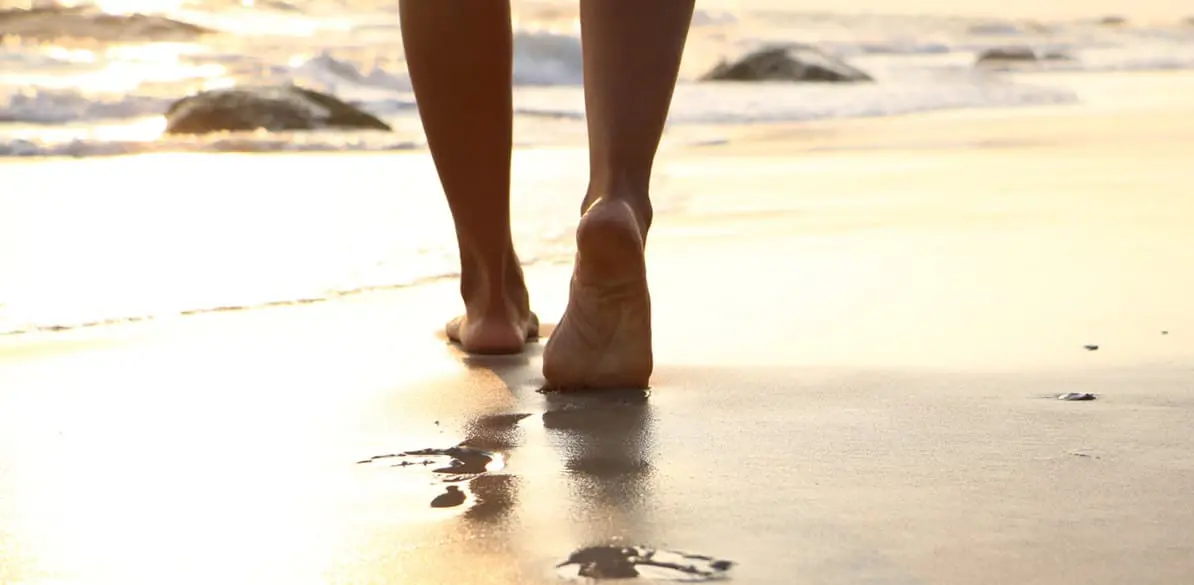Diabetic foot and its care when driving

Diabetes is the greatest scourge of all diseases debilitating the foot, and the least error in hygienic self-care can lead to amputation if there is no early medical care.
Macroangiopathy leads to arteritis obliterans that will cause pain in the fingers, and where the greatest risk is gangrene; in turn, microangiopathy reduces the scarring ability and the appearance of collateral circulation.
Neuropathy is mainly sensitive and increases the risk of skin injuries that potentiate infectious complications.
Plantar mal perforant is the main trophic disorder of diabetes, that can result from a pathological support, heloma or callus treated inappropriately, or a foreign body.
As whenever pain is not always associated and sensitivity disorders can confuse the patient, the visit to the specialist can be delayed.
Besides the inflammatory issue of the foot, there is edema of the leg or lymphangitis, in painless scenario.
The overinfection always aggravates the local injury and enhances affecting the rest of the economy.
The appearance of claw toes, helomas for lack of space in the footwear, or in the metatarsal heads from functional compensation of the forefoot is frequent, and requires specialized management.
Tips
- Diabetic foot:
- If despite the recommended care complications arise in the feet, the physician will advise against driving until complete improvement of the patient.
- Amputations require adaptations in the car to be able to drive.
- Sensitivity disorders preventing from operating the pedals safely and involve a high risk of crash in diabetic drivers.
- Sensitivity disorders in the feet can go unnoticed if they do not interfere with other activities, hence, the physician should be alert to diagnose them promptly in driver patients, and warn them about this risk or directly recommend them not to drive.
- The driving capacity will be always affected by pain, clinical disorders, current treatments, and orthopedic devices such as adaptation insoles or special footwear, that adapt poorly to the pedals.
- Physicians should assess each situation because the disease of the patients can be improved, but increasing the risk of driving if they are not warned to adjust driving to their new situation.
- Diabetic drivers about their feet:
- Daily washing of the feet with tepid water and neutral soap, with careful drying of the foot and detailed insistence in drying the toes.
- Not using heating or air conditioning through the outlets of the installation directed to the legs.
- Daily self-examination of the feet, and if it were not possible, examination by another person, looking for hyperkeratosis, fissures, wounds, or macerations
- Do not drive barefoot or with sandals.
- Combat anhydrosis and hyperhydrosis as effective tools to keep the integrity of the skin.
- Cut frequently the nails without reducing the edges.
- Always use clean, ironed socks, the iron collaborates to sterilization of the garment. Modern microfibers always allow for keeping the foot dry, since it in addition removes moisture from inside it, and in addition in many cases it is manufactured without seams and folds thus improving its affinity for the foot skin.
- The footwear will be comfortable and broad. The interior will be inspected whenever it is to be used for anything harmful for the foot, recalling that the object will not always be felt due to the diabetes.
- Visiting the podologist is mandatory in case of helomas or hyperkeratosis of mechanical origin, as a corrective action may be thus applied.
- A would can never be left, not even a tiny one, for over 48 hours
- Complete tetanus prophylaxis with the adequate time controls.
